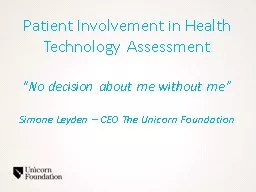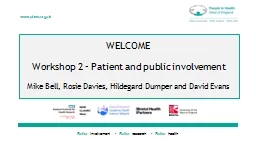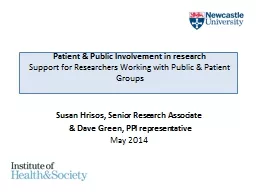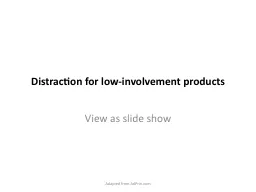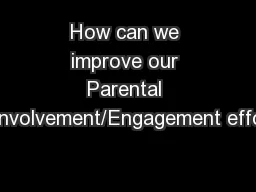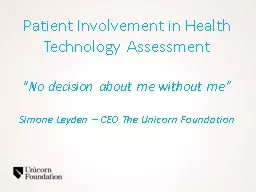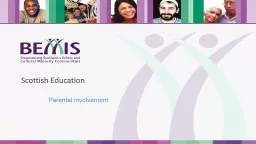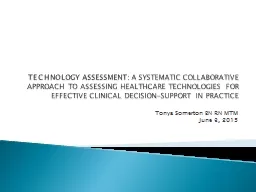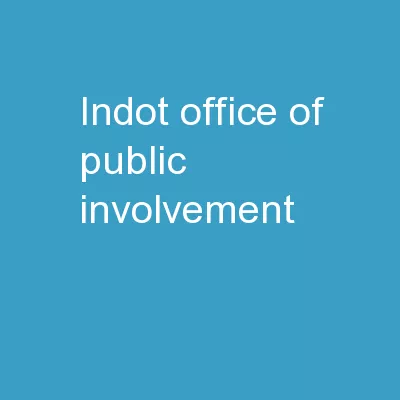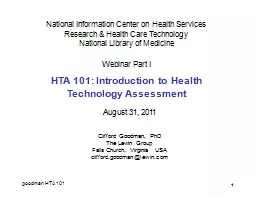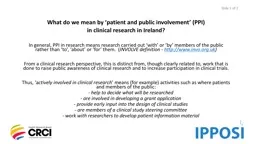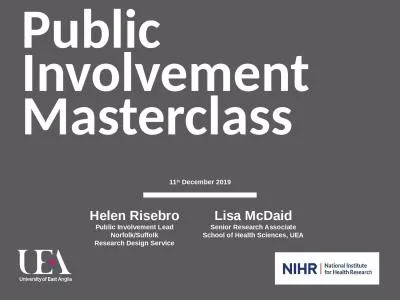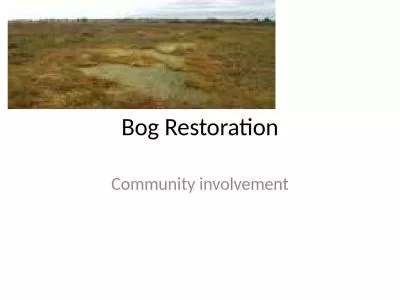PPT-Patient Involvement in Health Technology Assessment
Author : jane-oiler | Published Date : 2018-10-28
No decision about me without me Simone Leyden CEO The Unicorn Foundation Patient Involvement in Health Technology Assessment Who we are why we are here What is
Presentation Embed Code
Download Presentation
Download Presentation The PPT/PDF document "Patient Involvement in Health Technology..." is the property of its rightful owner. Permission is granted to download and print the materials on this website for personal, non-commercial use only, and to display it on your personal computer provided you do not modify the materials and that you retain all copyright notices contained in the materials. By downloading content from our website, you accept the terms of this agreement.
Patient Involvement in Health Technology Assessment: Transcript
No decision about me without me Simone Leyden CEO The Unicorn Foundation Patient Involvement in Health Technology Assessment Who we are why we are here What is Health Technology Assessment HTA. COASP 2015, the Netherlands. Research Involvement and Engagement:. Partnership with patients in a new publication. Research . Involvement and Engagement. is an international, interdisciplinary, health . involvement . . Better. research . Better. health . . www.phwe.org.uk. WELCOME. Workshop 2 – Patient and public involvement. Mike . Bell, Rosie Davies, . Hildegard Dumper. . and David Evans. . Support for Researchers Working with Public & Patient Groups. Susan Hrisos, Senior Research Associate. & Dave Green, PPI representative . May 2014. Format of session. Introduction to Patient & Public Involvement in Research. View as slide show. Adapted from AdPrin.com. When might distraction be useful for low-involvement products?. It is useful if there is nothing important to say about the product. This is common for many ads.. Katherine Ancell, . M.Ed. Jonathan . Chitiyo. , . M.Ed. Southern Illinois University. Discuss the importance of father involvement. Provide examples of programs that involve fathers and offer strategies to promote father involvement. Inform. . Involve. Engage. According to NCLB . A-1. What is parental involvement under No Child Left Behind?. Parental involvement always has been a centerpiece of Title I. However, for the. first time in the history of the ESEA, it has a specific statutory definition. The. “No decision about me without me”. Simone Leyden – CEO The Unicorn Foundation. Patient Involvement in Health Technology Assessment. Who we are, why we are here?. What is Health Technology Assessment (HTA)?. Types of involvement . (from Scottish government). At school. Example. At home. Example. Formal and Active. Parent. Councils. Parents evenings. Formal and Active. Reading . Parent. Council newsletters . : . A SYSTEMATIC AND COLLABORATIVE APPROACH TO ASSESSING HEALTHCARE TECHNOLOGIES FOR EFFECTIVE CLINICAL DECISION-SUPPORT.. Tonya Somerton BN RN MTM. April 12, 2016. Disclosure:. I have the following relevant financial relationships to disclose:. Communications Division . INDOT Office of Public Involvement (OPI) . INDOT and Federal Highway Administration Joint Agreement . National Library of Medicine. Webinar Part I. HTA 101: Introduction to Health Technology Assessment. August 31, 2011. Clifford Goodman, PhD. The . Lewin. Group. Falls Church, Virginia USA. clifford.goodman@lewin.com. in . clinical research in Ireland?. . In general, PPI in research means research carried out ‘with’ or ‘by’ members of the public rather than ‘to’, ‘about’ or ‘for’ them. (. INVOLVE definition. Helen . Risebro. Public Involvement . Lead Norfolk/Suffolk. Research Design Service. Lisa McDaid. Senior Research Associate. School of Health Sciences, UEA. 11. th. December 2019. Overview. What is Public Involvement in research. Turf cutting. Yyyyypppppppp. - Use of Machines 1990s. - made turf cutting possible. . - . Eu. Directive . Not Easy. -Majority of rural dwelling.
Download Document
Here is the link to download the presentation.
"Patient Involvement in Health Technology Assessment"The content belongs to its owner. You may download and print it for personal use, without modification, and keep all copyright notices. By downloading, you agree to these terms.
Related Documents

